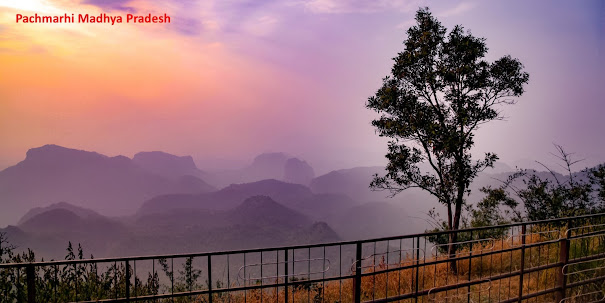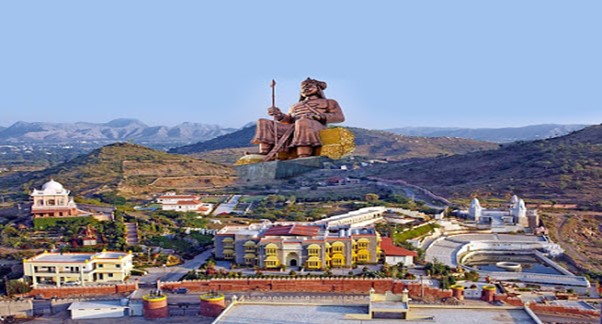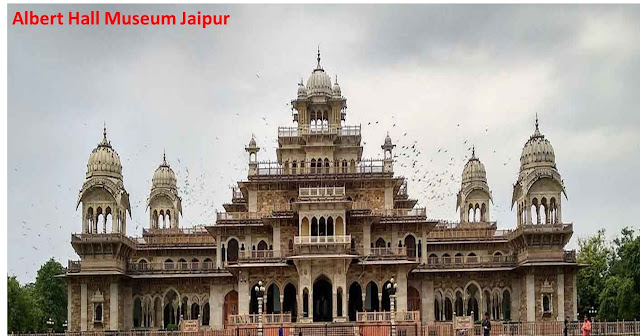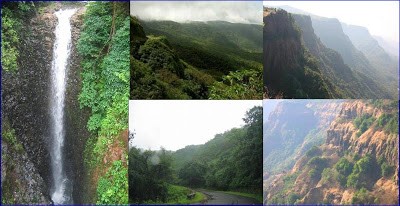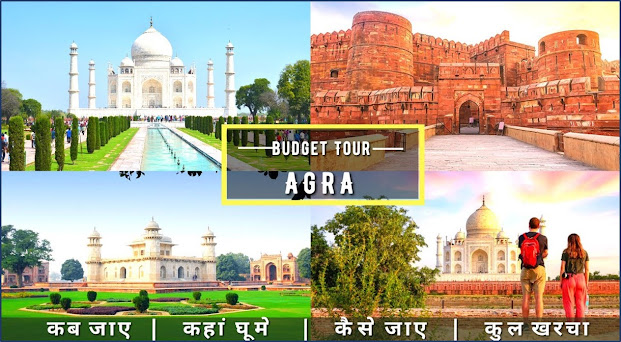Pachmarhi is a paradise for pedestrians. Pachmarhi, surrounded by beautiful green meadows and washed away by various streams and waterfalls, is a great spot to spend your vacation away from the concrete forest.
Hill resorts in India reveal the beauty of Pachmarhi and the various tourist attractions around it.
Pachmarhi- Location
Located in parts of Satpura, Pachmarhi is a beautiful hill station in Madhya Pradesh. Pachmarhi is about 210 kilometers from Bhopal, the capital of Madhya Pradesh.
Pachmarhi - History
Pachmarhi was acquired by James Forsyth, captain of the Bengal Lancers in 1857. The hill station had long been a British treaty. Today, one can also find a monument to the various churches of the British period in Pachmarhi.
Pachmarhi- Visiting Sites
Pachmarhi has many tourist attractions that Pachamarhi can visit. Indira Priyadarshini Point offers amazing views of Pachmarhi. This point was formerly known as Forsyth Point, after James Froysth, who first saw Pachmarhi from this point.
Jamuna Prapat amazing fall over a stream. You can enjoy swimming in the various swimming pools above the fall. Dhoopgarh, the highest point in the Satpura range offers spectacular views of the sunset. That's where you'll find most people heading in the evening.
Pandav Caves located about two kilometers from Jai Stambha is one of the tourist attractions. Other places to visit include
Handi Khoh,
Apsara Vihar,
Mahadeo Hill,
Jata Shankar,
Catholic Church and
Bison Lodge. Captain Forsyth erected Bison Lodge, which is now a local museum.
Pachmarhi - Nearby Sites
Satpura National Park is an ideal place to observe wildlife in their natural habitat. The park was established in 1981 and covers an area of 524 square kilometers. The park has a rich variety of birds. The wildlife you get to see includes buffalo, tigers, leopards, and four-horned deer.
Tamia is another beautiful place to visit. About 78 kilometers from Pachmarhi.
If you want to extend your Pachmarhi tour, you can visit Bhopal and Bimbetka.
Bimbetka is popular with 600 stone shelters and rural paintings.
Pachmarhi- Recreational Sports
Pachmarhi is an excellent place to travel long distances. There are many options to choose from. Take a leisurely walk to Jata Shanker cave or just to Chauragarh. Entertainment lovers can walk in the woods for the Satpura range.
Pachmarhi- How to Reach :-
Bhopal is the nearest airport and about 210 kilometers from Pachmarhi. Pipariya is a railway station very close to Pachmarhi, 40 miles [47 km] away. Pachmarhi is easily accessible by road from Nagpur, Bhopal, and Pipariya.
Pachmarhi- The Best Time to Visit
The best time to visit Pachmarhi is April-July, but Pachmarhi can be visited throughout the year without rain.
Pachmarhi- Where to stay
Pachmarhi hotels are well equipped with all the amenities and provide warm hospitality. Tourist bungalows, vacation houses, cottages, and low-cost motels are available. Hill Residences in India provides online reservations for a variety of hotels in Pachmarhi.
Pachmarhi-Fairs and Festivals
February-March is the time to celebrate the Shivratri Mela in Pachmarhi. The ceremony took place at the temple of Mahadeo, about six miles [10 km] south of Pachmarhi



